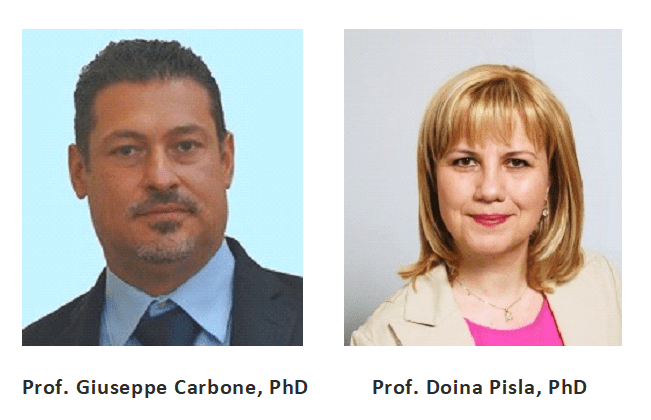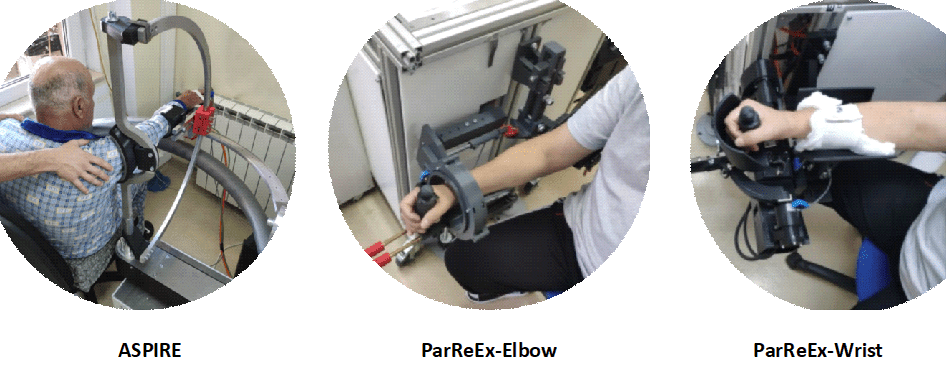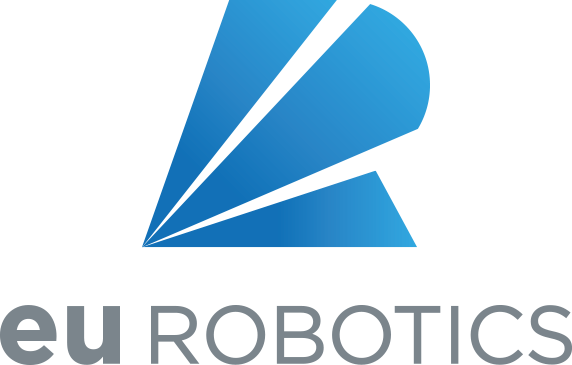
The Research Center for Robots Simulation and Testing (CESTER) is an excellence center within the Technical University of Cluj-Napoca, Romania, having over 15 years of experience in the development of innovative parallel robotic systems for various medical applications. In collaboration with medical specialists, the research team of CESTER developed multiple projects in robotic-assisted minimally invasive surgery, real-time image guided percutaneous robotic-assisted oncologic procedures, and physical rehabilitation of patients with neuromotor disorders.
The research project “Innovative Approaches regarding Rehabilitation and Assistive Robotics for Healthy Ageing – AgeWell” approached an open problem in the healthcare of the aging population of Europe, committing to provide viable solutions for the therapy of patients with neuromotor deficit. AgeWell managed to exploit the complementary competences of medical robotics specialists and physicians alike, and with the additional support of a foreign specialist, the team developed competences in robotic-assisted rehabilitation.
The AgeWell project was coordinated by Prof. Giuseppe Carbone PhD, from DIMEG (Department of Mechanical, Energy and Management Engineering) at the University of Calabria, Italy, who joined the CESTER team in the ambitious quest of AgeWell. The scientific coordinator of AgeWell was Prof. Doina Pisla PhD, the director of CESTER, and Full Professor at the Technical University of Cluj-Napoca.

The successful implementation of AgeWell delivered multiple parallel robotic solutions for all post stroke rehabilitation phases, which in 2019 were evaluated by the ethical committee of the Municipal County Hospital of Cluj-Napoca, Romania. After receiving the committee approval, two robotic systems (ASPIRE and ParReEx) entered clinical trials within the hospital, becoming the first Romanian rehabilitation robots to be successfully used on patients. The clinical trials included a number of 26 patients and validated the performance of the robots for the treatment of patients with neuromuscular, vascular, and extrapyramidal disorders (publication link).

ASPIRE
The ASPIRE robotic system is designed for the rehabilitation of the proximal joints of the upper limb by performing motions such as flexion/extension and adduction/abduction of the shoulder and the pronation/supination of the forearm. ASPIRE is a 3 degree of freedom robotic system which ensures safety and ergonomics in the rehabilitation process. Its purpose is to help the post-stroke patients to regain their motor independence as quickly as possible and regain their ability to perform daily life activities.
ASPIRE robotic system is suitable for various patients with various anthropometric variations. The anchoring mechanisms have been designed in such a way that they can be adapted to fit different patients. The module is also adaptable when it comes to the height of the patient.
ParReEx
The ParReEx modular robotic system is designed for the rehabilitation of the upper limb by performing motions such as: flexion/extension and pronation/supination of the elbow, and flexion extension and abduction/adduction of the wrist. The two modules are decoupled, and each have 2 degrees of freedom, allowing the therapist to perform rehabilitation exercises on multiple patients at one time. ParReEx was designed to ensure safety and ergonomics in the rehabilitation process and aid the patients to regain their motor independence to perform daily life activities.
The ParReEx robotic system is suitable for patients with various anthropometric characteristics. The anchoring mechanisms have been designed in such a way that they can be adapted to fit different patients.

Patient statements after receiving robotic rehabilitation with the AgeWell system:
“Today I was asked to fill in a form stating my opinion regarding the robotic system that I’ve been exercising with. But I am a simple man, and I don’t know much about technology so it’s hard for me to answer all those questions. But I can tell you this: I had a major stroke five months ago which left me with severe hemiparesis and since then I was unable to do many things around the house. But most of all I suffered as I was not even able to hold a pen in my hand and write down my name. After three days spent here with you, I succeeded in signing a form to request to vote for the elections from inside the hospital. So, for me this is the greatest achievement after I had my stroke and I thank you for this.”
“When I received the call from the doctors asking me whether I would like to test a new device that would help me in the rehabilitation process I was kind of happy and considered myself very lucky. Going inside the treatment room and seeing the device, my first question to the people in there was: is this from Germany? I was happy to find out that is was made in our city, in Cluj, because it was functioning so well that it could have been also from Germany. I’m glad that people here are thinking about us and are working to find ways to help us get better, so I told both doctors and engineers: I hope I’ll see more of these soon also in other hospitals.”
Acknowledgement. This article presents results from the research activities of project ID 37_215, MySMIS code 103415 “Innovative approaches regarding the rehabilitation and assistive robotics for healthy ageing” cofinanced by the European Regional Development Fund through the Competitiveness Operational Program 014-2020, Priority Axis 1, Action 1.1.4, through the financing contract 20/01.09.2016, between the Technical University of Cluj-Napoca and ANCSI as Intermediary Organism in the name and for the Ministry of European Funds.
Author: Prof. Doina Pisla PhD, CESTER – Technical University of Cluj-Napoca, Romania
All images by: Technical University of Cluj-Napoca

